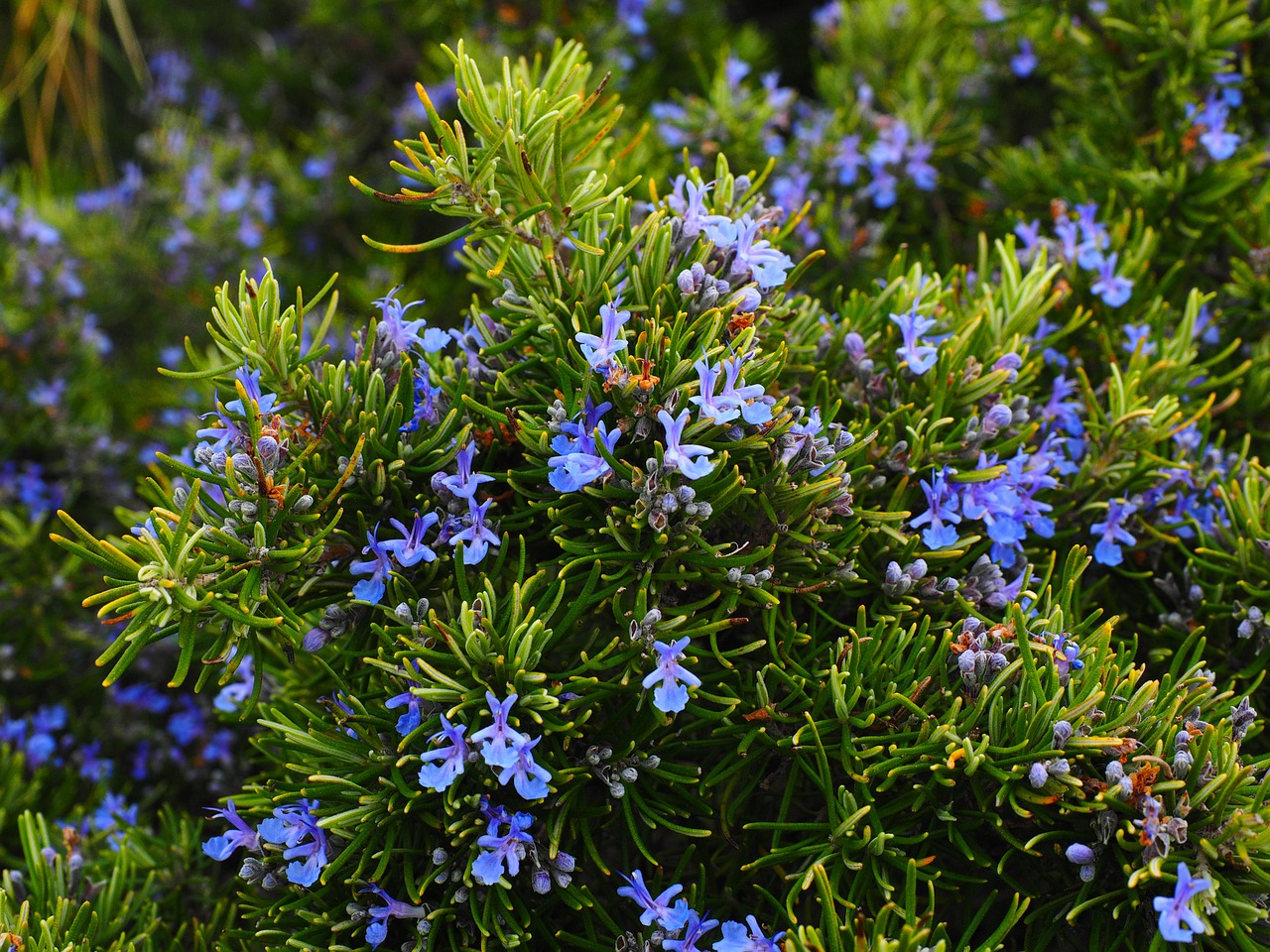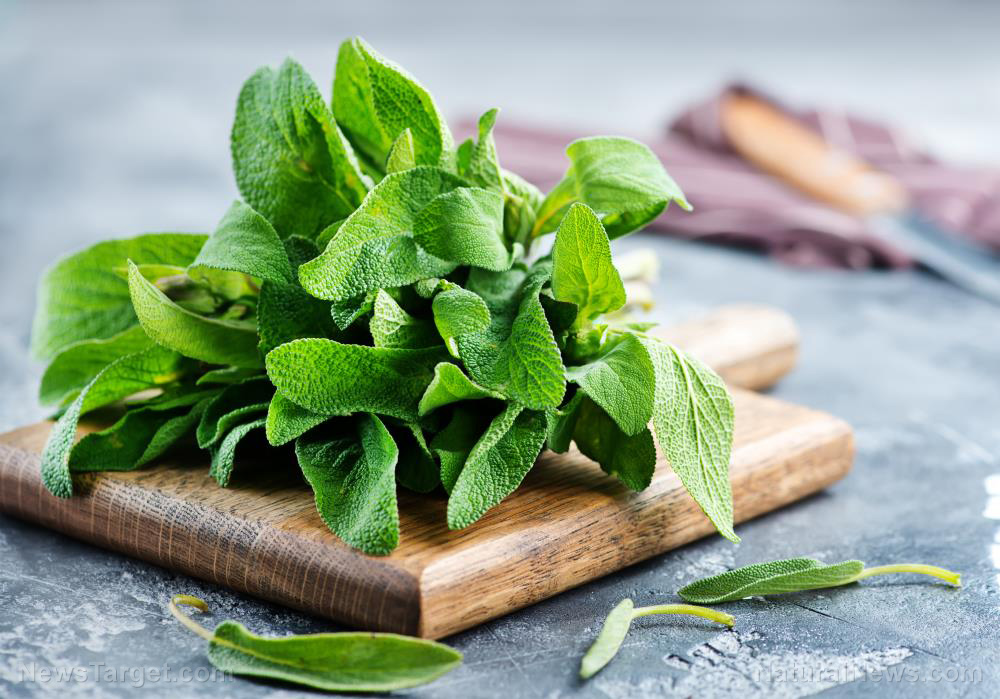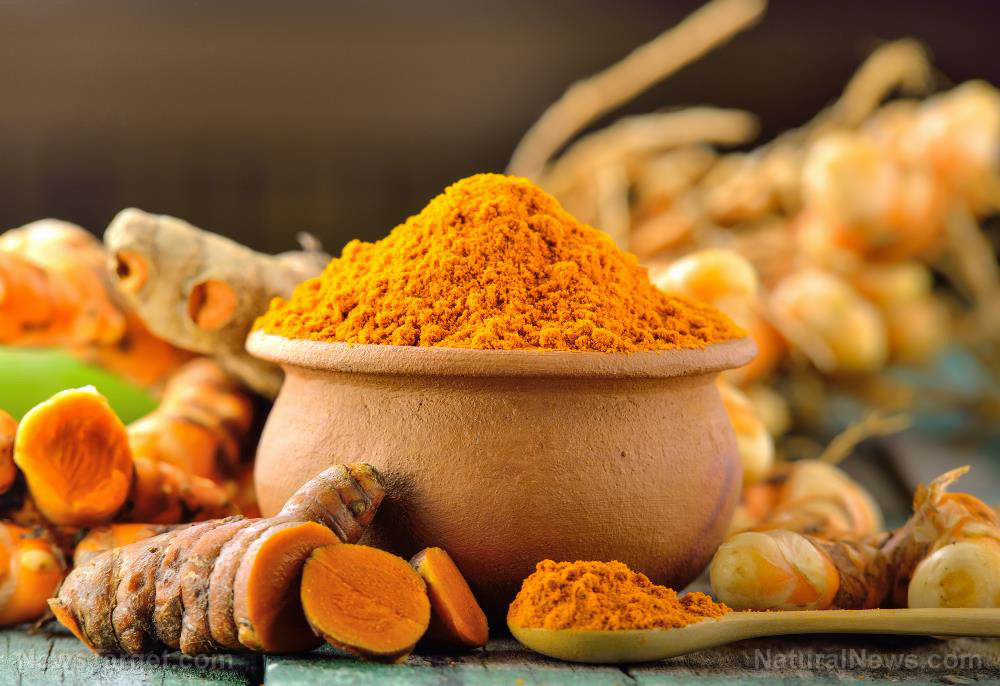
Advertisement
The strong, minty scent of rosemary is instantly recognizable by chefs and home cooks worldwide. Rosemary, a Mediterranean herb with needle-like leaves, is commonly used in soups, meat dishes and spreads.
But before rosemary became one of the most widely used herbs on the planet, it was used in traditional and folk medicine. Rosemary is a goldmine of antioxidants that enable it to provide a wide range of benefits, from reducing inflammation to protecting against various diseases.
Read on to learn more about rosemary and its benefits, as well as how to use it in your cooking.
Rosemary, a rich source of antioxidants
Rosemary is rich in antioxidants, such as carnosic acid, carnosol and rosmarinic acid. Antioxidants neutralize unstable molecules called free radicals. At high levels, free radicals can cause oxidative stress, which has been implicated in several chronic conditions, including diabetes, heart disease and some cancers.
The antioxidants in rosemary are also capable of preventing lipid peroxidation. This process involves the degradation of lipids within cells, which can result in cell damage and, eventually, cell death.
Recent studies have shed light on rosemary’s antibacterial and antifungal properties. These properties make this useful herb an effective food preservative on top of being a flavoring agent.
Aside from protecting against oxidative stress, rosemary also offers the following health benefits:
- Improves digestion – In Europe, rosemary is often used to treat indigestion.
- Enhances memory and concentration – According to a 2012 study, the aroma of rosemary can help improve your concentration, performance, speed, accuracy and mood.
- Supports good eyesight – Carnosic acid, a key component of rosemary, can support healthy eye function.
How to use rosemary in cooking
There’s no flavor quite like rosemary. This fragrant herb has notes of citrus, lavender, sage, pepper and mint. It pairs beautifully with potatoes, bread and roasted vegetables. Unlike other fragile herbs, rosemary holds up extremely well to long cooking times. As such, you can add it at the beginning of cooking to braises or stews.
Before using rosemary, start by rinsing it under cold water in a colander. Gently rub its stems to remove dirt or debris, then pat dry with a clean paper towel. Rosemary can be used with the needles removed and minced. You can also use the sprigs whole to infuse flavor into a much larger dish, such as a stew, braise or roast.
To separate rosemary leaves from the stem, simply pull the needles in the opposite direction from which they grow and they should easily slide off the stalk. You can then gather the needles in a bunch and mince them.
Detailed below are some of the other ways to use this versatile herb:
- Add chopped rosemary to omelet or scrambled eggs
- Add rosemary to olive oil and spread the mixture on toasted bread
- Add rosemary to melted butter and pour it over boiled potatoes and vegetables
- Make homemade stuffing using rosemary
- Wrap rosemary leaves around chicken, pork or lamb before roasting
- Use rosemary to season roasted fish
- Add rosemary to tomato-based sauces for pasta and soups
- Use rosemary to flavor biscuits, bread and other pastries
Recipe for rosemary roasted potatoes
This recipe pairs sweet red potatoes with rosemary and lemon.
Ingredients for 6-8 servings:
- 2 pounds red potatoes
- 1/2 large lemon, thinly sliced
- 2 tablespoons chopped fresh rosemary
- 2 tablespoons olive oil
- 1 teaspoon sea salt
- 1/2 teaspoon garlic powder
- Ground black pepper, to taste
Preparation:
- Preheat the oven to 450 F. Line a baking sheet with parchment paper and set it aside.
- Wash the potatoes and dice them. Add these to a bowl, along with olive oil, garlic powder, salt and pepper to taste. Mix until the potatoes are well-seasoned.
- Spread the potatoes evenly on the baking sheet. Top them with chopped rosemary and lemon slices.
- Roast for 30-40 minutes or until potatoes are browned and cooked through. Serve and enjoy.
Rosemary is a versatile culinary herb rich in antioxidants and other health-supporting compounds. To enjoy its benefits, incorporate rosemary into your cooking.
Sources:
Advertisements







